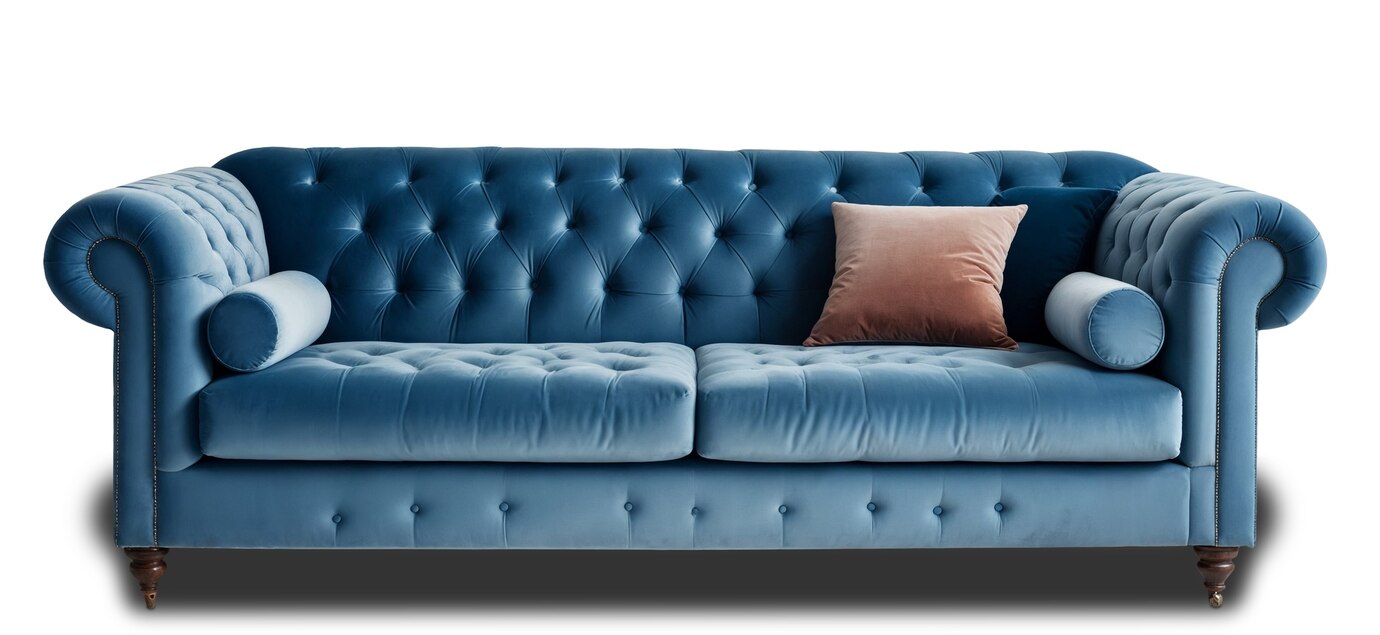Image Editing in the Furniture Industry: Enhancing Textures & Space
Image Editing in the Furniture Industry: Enhancing Textures & Space
In the competitive world of furniture marketing, first impressions are everything. Whether it’s an online store, a product catalog, or a social media post, potential buyers make quick judgments based on visual appeal. This is where professional image editing steps in as a powerful tool. With the right editing techniques, furniture companies can highlight intricate textures, showcase real-life scale, and create inviting visual environments that drive engagement and boost sales.
The Role of Image Editing in Furniture Photography
Furniture items are more than just products—they’re experiences waiting to happen. A cozy armchair, a sleek coffee table, or a rustic wooden cabinet each tells a story, and that story begins with imagery. However, raw images straight from the camera often fail to capture the full essence of furniture. The lighting might be off, the background might be cluttered, and textures might not appear as rich and tactile as they are in real life.
Image editing bridges this gap, turning an average product photo into a stunning visual asset that connects with buyers on an emotional level.
Enhancing Textures: Making Materials Feel Real
Texture is everything when it comes to furniture. Buyers want to “feel” the softness of a cushion, see the grain of solid wood, or recognize the gloss of a polished surface—all through a screen.
Professional editing helps enhance these details by adjusting:
-
Sharpness and clarity to highlight surface textures
-
Contrast and lighting to bring out depth in materials like leather, linen, or metal
-
Color accuracy to ensure that the fabric color or wood tone looks just like the real thing
Techniques like micro-dodging and burning (subtle light and shadow enhancements) are also used to simulate how light interacts with various materials. These subtle touches can make an image feel tangible and trustworthy—something crucial for online furniture shoppers.
Creating Space: Setting the Scene with Background Editing
Furniture doesn’t exist in isolation. A living or working space includes it. This is why staging—both physical and digital—matters. With advanced image editing tools, professionals can manipulate the background to show how a piece fits into a well-designed interior.
Common techniques include:
-
Background removal to clean up messy or distracting surroundings
-
Virtual staging to place the furniture into beautiful, digitally created rooms
-
Shadow and reflection creation to give pieces a grounded, natural look
-
Perspective correction to ensure that dimensions and scale appear realistic
These edits not only improve aesthetics but also help customers visualize the furniture in their own homes. For eCommerce brands, this can significantly reduce returns and increase buyer confidence.
Consistency Across Product Lines
A polished and consistent image catalog is essential for branding. Customers browsing a furniture website should see uniform lighting, angles, and styling across all products. Image editing plays a key role in achieving this consistency, ensuring that no matter how or where the product photos were taken, they appear cohesive when presented together.
Batch editing tools and templates are used by professionals to align colors, balance lighting, and apply consistent filters or retouching styles across entire collections.
E-commerce Ready: Optimizing for Platforms
Each online platform—be it Amazon, Wayfair, or a brand’s own website—has its own image guidelines. From background colors to resolution and size, adhering to these rules is non-negotiable for visibility and performance.
Image editors optimize files to:
-
Standards for resolution and size must be met
-
Reduce the size of images without sacrificing quality (for faster loading)
-
Maintain perfect alignment and framing for thumbnails
-
Adjust aspect ratios for different devices
This technical finesse ensures that furniture listings look sharp, load fast, and convert well across platforms.

Final Thoughts
In the furniture industry, images are more than just visuals—they’re digital showrooms. Effective image editing transforms simple photos into compelling, emotion-driven marketing tools. Whether it’s enhancing the textures of a velvet sofa or setting the perfect living room ambiance around a bookshelf, editing adds value that raw images simply can’t provide.
For furniture brands looking to stand out, investing in professional image editing is no longer optional—it’s essential. It enhances trust, improves the shopping experience, and ultimately drives more conversions in today’s highly visual digital landscape.


